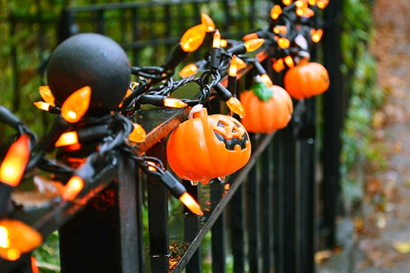Contrary to popular opinion, the origins of observing Halloween aren’t American – but those of ancient Celts throughout Britain, Ireland and northern France.
With the Romans invading Britain around 43AD, it is believed that they added their rituals of the period with those of the Celtic traditions, one of these being the current Halloween tradition of ‘bobbing’ for apples. The Roman goddess of fruit and trees was known as Pomona – her symbol being that of the apple.
Moving forward a few decades brought the Christian observances, those closest to Halloween being All Hallows’ Day, also known as All Saints Day. All Hallows Day was originally celebrated on the 13th of May, however, it is believed that this was moved to 01 November, as an attempt to replace or assimilate the Celtic Samhain festival with a related but church approved celebration.
Whatever the observance, there’s no doubt that to many, Halloween is a wonderful, fun-filled acknowledgement of winter drawing close.
Throughout Britain Halloween has traditionally been celebrated by children’s games such as bobbing for apples in containers full of water, telling ghost stories and the carving of faces into hollowed-out vegetables such as swedes and turnips. Unlike the majority of Halloween traditions originating from Britain, it is in fact, the pumpkin as the carve vegetable of choice that has come from the United States. However this change occurred, it’s a prudent choice, as we imagine it’s far easier to carve a pumpkin than it is a swede or turnip.
However you choose to celebrate Halloween, we would suggest that you reserve the water from your water cooler to rather quench your thirst or to wash down all the Halloween ‘candy’, instead of filling up containers to bob for apples.
That said, here at AquAid, we wish you all a Happy Halloween and more treats than tricks.

